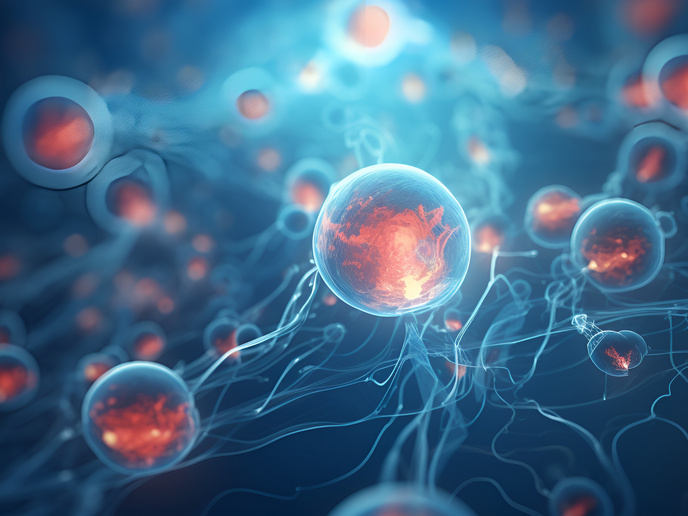Supporting natural product research in Italy
The drug design process has been greatly facilitated and improved by computational methods integrating quantum mechanical simulations. This is particularly applicable in calculating the interaction of enzymes involved in metallo-mediated reactions. Based at the Dipartimento di Chimica delle Sostanze Naturali, University of Naples 'Federico II', the NeaNAT group has been actively involved in the isolation and identification of natural products of marine origin. Their recent work has expanded to include the study of biological and pharmacological activity of the isolated compounds and of their biosynthesis. As a result, the ability to study the biogenetic pathway of a natural product is essential to keep NeaNAT in an outstanding position in its field. To achieve this, the EU-funded 'Reinforcement of research potential for the realisation of a complete drug development scheme from natural compounds' (NATPHARMA) project aimed to reinforce the research facilities and the human potential of the NeaNAT group, and improve its connections with other research institutions. The NATPHARMA initiative contributed to this through the purchase of an Orbitrap high-resolution mass spectrometer that would significantly increase the analytical capacities of the NeaNAT group. In addition, the group acquired powerful hardware in the form of a high-performance computer (HPC) system, as well as software computational infrastructure to support the computational analysis of their data. Additionally, researchers were recruited with expertise in biosynthetic genes and in quantum-mechanical calculations for interactions of drug candidates. This greatly increased the research potential and improved the networking expansion of the NeaNAT group with visits from leading researchers across Europe. New techniques were acquired, such as the Terminal Restriction Fragment Length Polymorphism (T-RFLP) analysis, and projects were carried out. For example, novel FAAH and COX2 inhibitors as potential analgaesics were developed and analogues of the bioactive bacterial metabolite hormaomycin were identified. To advertise its new competence to the international community and establish new connections with academia and companies, the NeaNAT group organised the international meeting 'NatPharma: Nature Aided Drug Discovery (NADD)'. The convention attracted over 140 participants from 9 European countries, and very positive feedback was received. Collectively, the activities of the NATPHARMA project stand to not only enhance the scientific knowledge and capacity of the NeaNAT group, but also lead to the successful realisation of a complete drug development scheme from natural sources.







